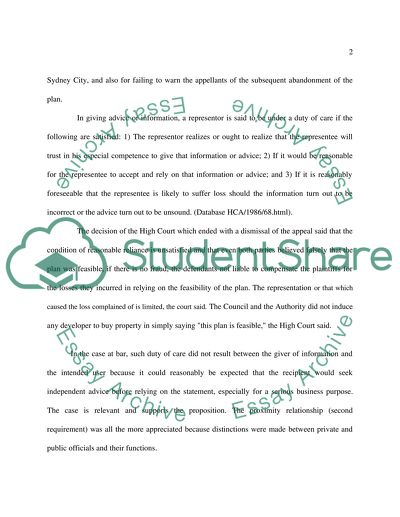Cite this document
(“Liability for Negligent Misstatement Essay Example | Topics and Well Written Essays - 2000 words”, n.d.)
Retrieved from https://studentshare.org/law/1524525-liability-for-negligent-misstatement
Retrieved from https://studentshare.org/law/1524525-liability-for-negligent-misstatement
(Liability for Negligent Misstatement Essay Example | Topics and Well Written Essays - 2000 Words)
https://studentshare.org/law/1524525-liability-for-negligent-misstatement.
https://studentshare.org/law/1524525-liability-for-negligent-misstatement.
“Liability for Negligent Misstatement Essay Example | Topics and Well Written Essays - 2000 Words”, n.d. https://studentshare.org/law/1524525-liability-for-negligent-misstatement.


